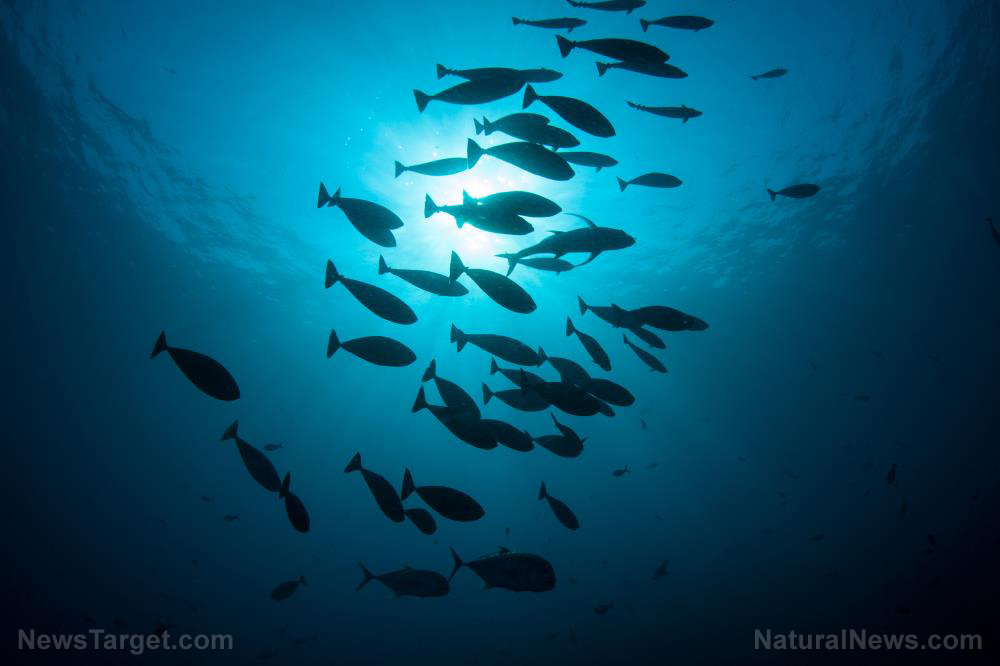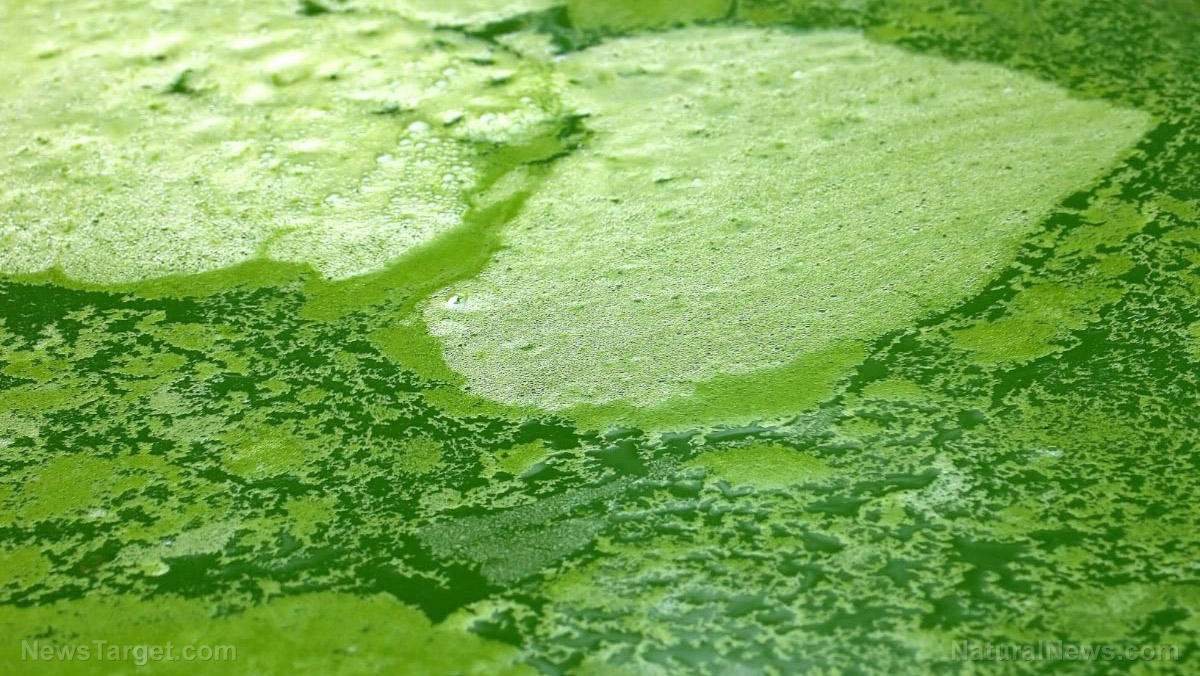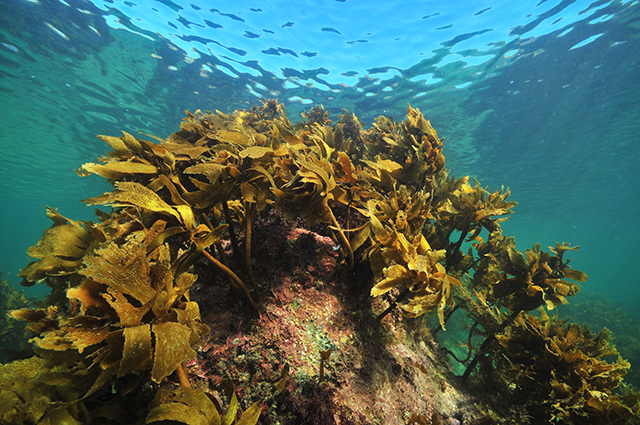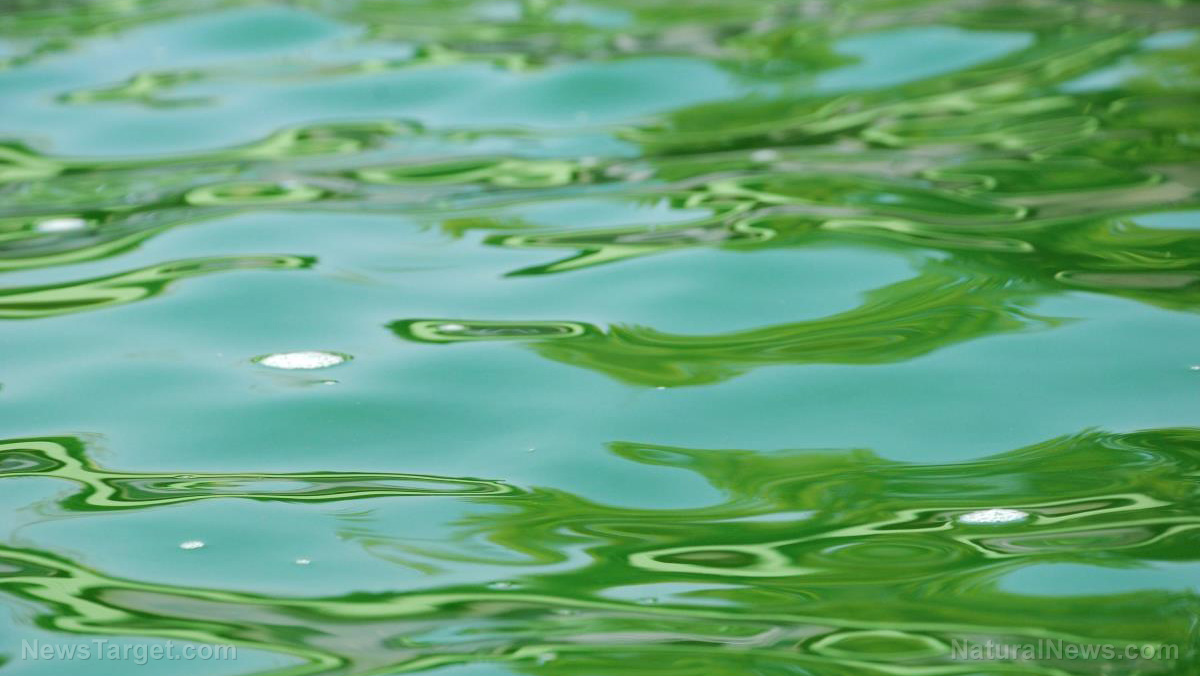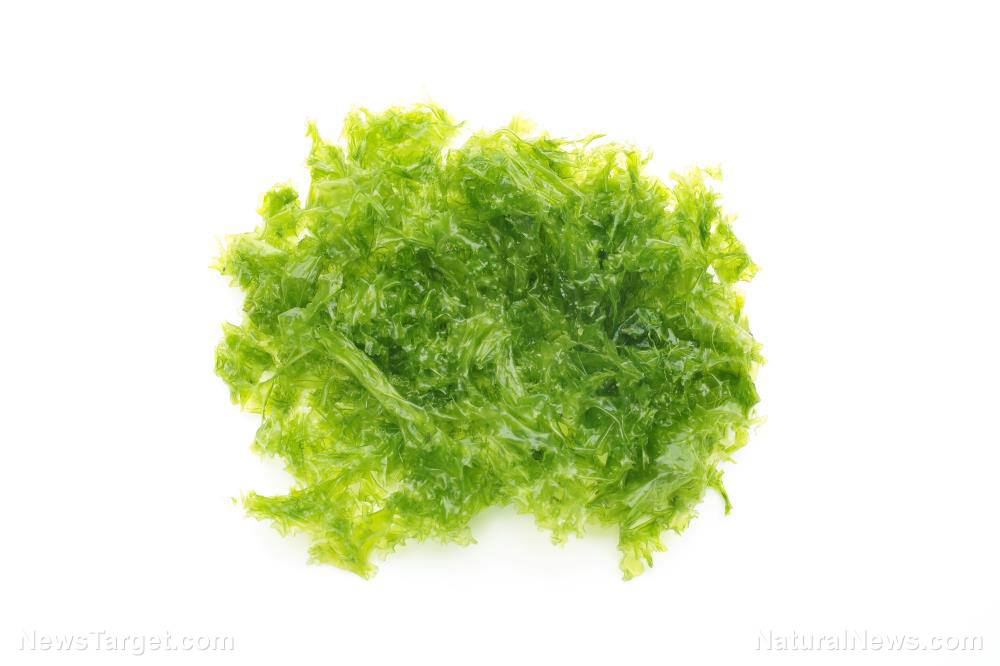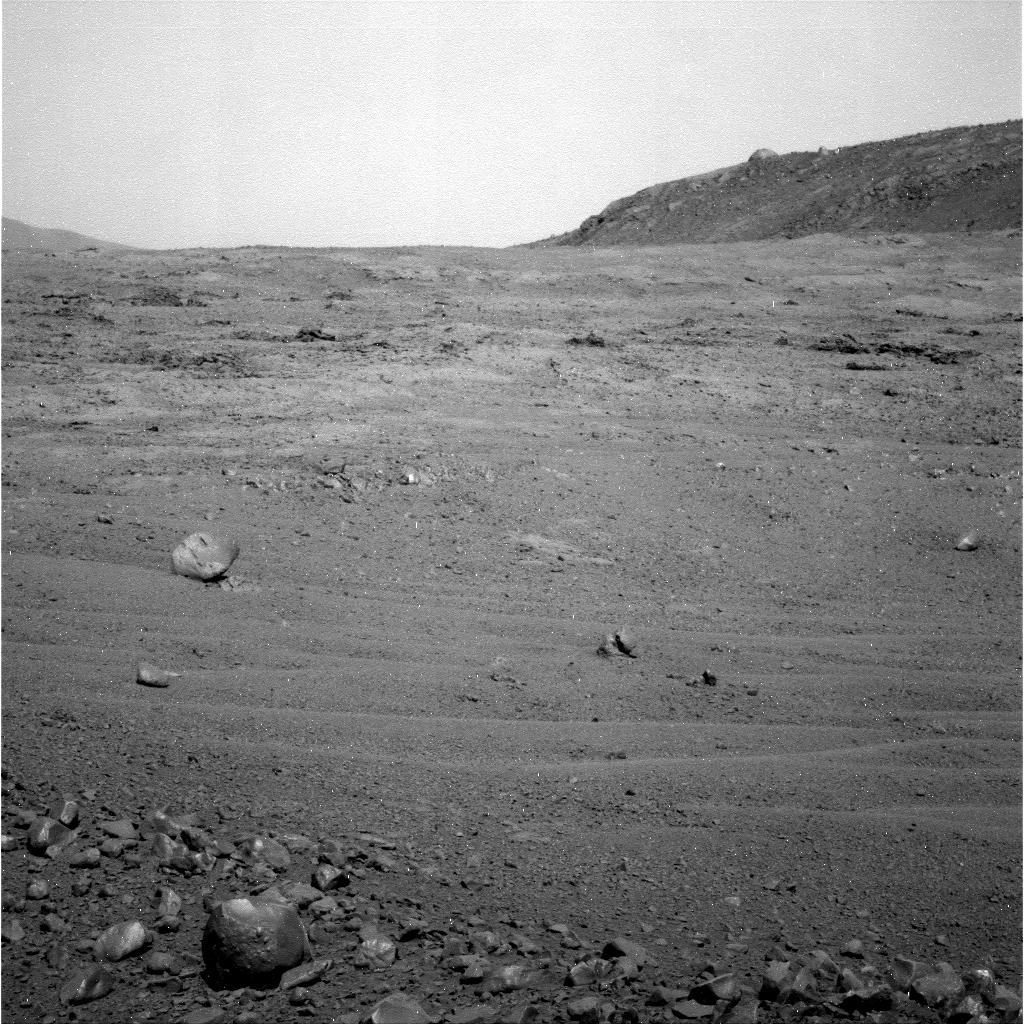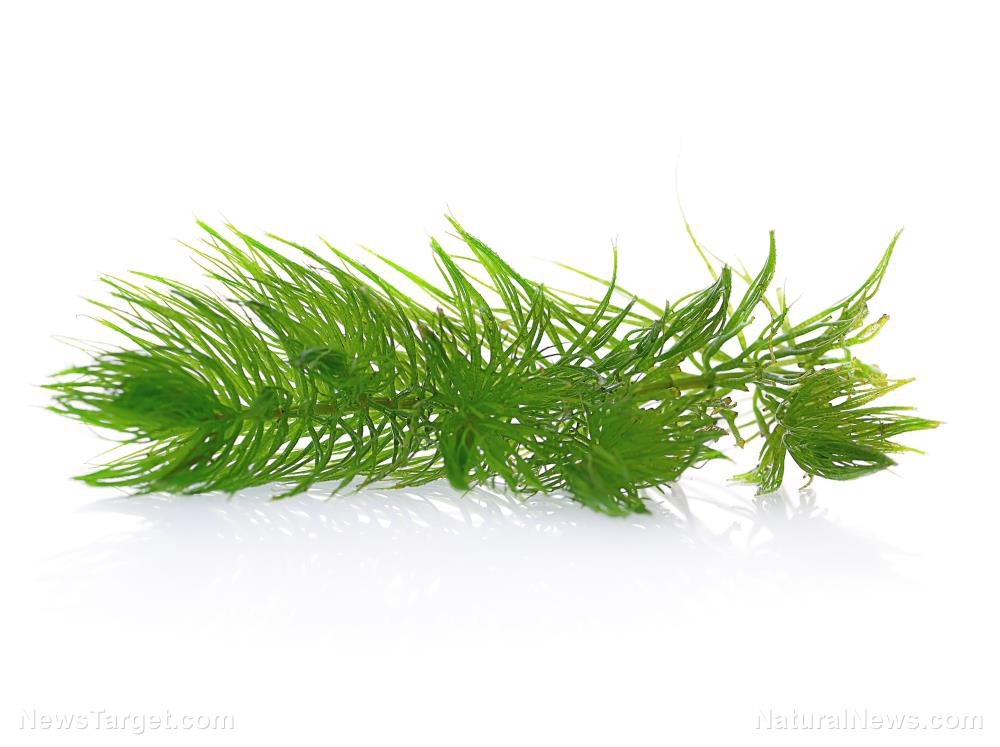
Lead researcher, Qing Tang, a postdoctoral fellow in the Department of Geosciences at Virginia Tech said: "Its discovery indicates that green plants we see today can be traced back to at least 1 billion years ago, and they started in the ocean before they expanded their territory to the land."
Before P. antiquus' discovery, researchers didn't have hard proof yet that the green algae lived that long ago. But computer models, including those based on molecular clocks, indicated that photosynthesizing plants existed between the Paleoproterozoic era and the Cryogenian period -- 2.5 billion to 1.6 billion years ago and 720 million to 635 million years ago.
With the discovery of the fossil, scientists are more confident in saying that photosynthesizing plants lived at least 1 billion years ago. Before P. antiquus, the oldest widely accepted fossilized green algae was about 800 million years old.
Learning more about P. antiquus
Tang and his colleagues discovered the fossils near Dalian City in the northern Chinese province of Liaoning, where they heard about exposed sedimentary rocks dating back to a billion years ago. Tang took some of the rocks back to the lab at Virginia Tech and studied them under the microscope.
Tang was able to identify 1,028 specimens of algae, one of which was P. antiquus. Like modern-day algae, the latter had differentiated, branched cells and root-like structures. The plant was about the size of a grain of rice and has numerous shallow branches that thrived in shallow water.
Despite its size, P. antiquus was among the largest organisms during the period, and it shared the seas mainly with bacteria and microbes. However, it engaged in photosynthesis, transforming energy from sunlight to chemical energy, producing oxygen. (Related: Plant cells that enable photosynthesis found to also play a role in plant self defense.)
This likely played an important role in its ancient ecosystem by producing oxygen. In addition, Tang theorized that it may have provided food and shelter to other organisms.
Living organisms on Earth are dependent on photosynthesizing plants and algae for food; however, plants did not evolve until about 450 million years ago. According to Tang, the new fossil suggests that green seaweeds were important players in the ocean.
Shuhai Xiao, a paleobiologist and one of the researchers of the study said that the discovery deserved a celebration. "This is a huge discovery. Algae like this make oxygen which is a critical element in the atmosphere that allows us and animals to survive. They are also important plants to maintain the habitability of our planet."
The fossils Tang and his team found came from an ancient ocean. The seaweeds were green when they were alive, but they were buried deep at such high temperatures that they lost their color. They were "cooked" beneath sediment and organic remains imprinted on rock that was once part of the ocean.
However, there is still a debate about where the seaweed originally originated, as many scientists believe that green plants started in rivers and lakes before they conquered the ocean and land.
P. antiquus as the ancestor to all green plants give rise to two major branches -- aquatic and terrestrial plants and exclusively aquatic plants, to which P. antiquus belongs. Without the photosynthetic plants, Earth would be facing an ecological imbalance if they didn't have the ability to produce organic carbon and oxygen, as well as provide food and shelter for animals.
For more on interesting scientific discoveries and breakthroughs, follow Discoveries.news.
Sources include:
Please contact us for more information.
















